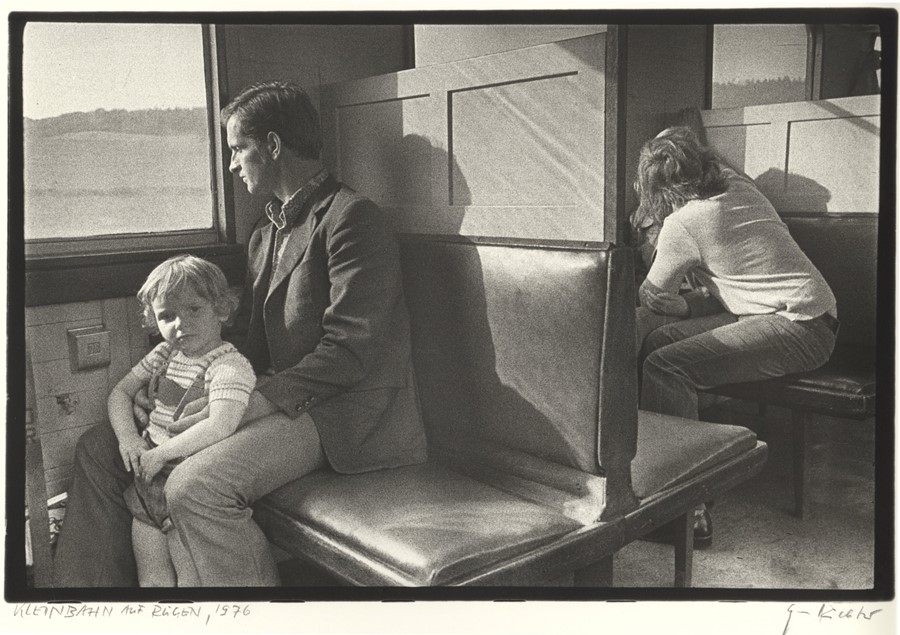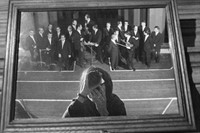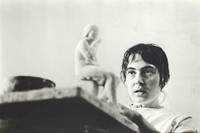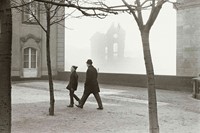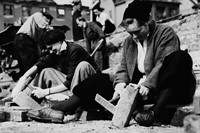A new exhibition and catalogue reveal the social documentary of the overlooked photographer, who chronicled the working lives of women
In Chronicle of Feelings, the German author Alexander Kluge wrote: “If the poetic is a process of gathering, like searching for berries and herbs, then the quality of the poetic manifests in the tenacity, completeness, persistence, and passion of the search. It involves a complete-or-near complete gathering of the self.” This observation – alluding to the fact that creativity is tied to the committed act of searching – speaks to the work of the German photographer Evelyn Richter (1930–2021). A self-described “documentarian and historian”, Richter is remembered for capturing day-to-day life in East Germany, chronicling the social conditions of the working classes, and in particular, the working lives of women. In honour of her legacy, a publication tied to the first major retrospective about the photographer at MdbK in Leipzig, Evelyn Richter: A Photographer’s Life, has been unveiled.
Living and teaching in Leipzig as well as Berlin, Richter produced an extensive body of work across five decades. Yet due to the fact that few of her photographs travelled to West Germany prior to the fall of the Berlin Wall in 1989, she is still relatively unknown in the wider field of photography. “For Richter, photography was a tool for apprehending history, one that she used to record social conditions,” writes museum director Felix Krämer. “Her pictures and her uncompromising approach made her a role model for many East German photographers.”
Focusing on the themes of sisterhood and solidarity, the first part of the exhibition explores the relationships between four friends: Ursula Arnold, Christa Sammler, Eva Wagner-Zimmerman and Richter. The women met during their studies in Leipzig in the early 1950s and formed a tight-knit creative circle. The second half of the show focuses solely on Richter, including an unrealised photobook ‘Women in the GDR.’
As a student, Richter joined the East German Culture Association’s Central Commission for Photography (ZKF), leading her to secure journalistic commissions. Her independent artistic practice developed on the side of such work. In East Germany photography had gained little recognition as an artistic medium in its own right. But Richter was enamoured with the practice; she was known for being inseparable from her camera. Her friend, the sculptor Sammler once recalled: “I was used to seeing Evelyn with her camera, so I didn’t even notice when she was taking photographs.”
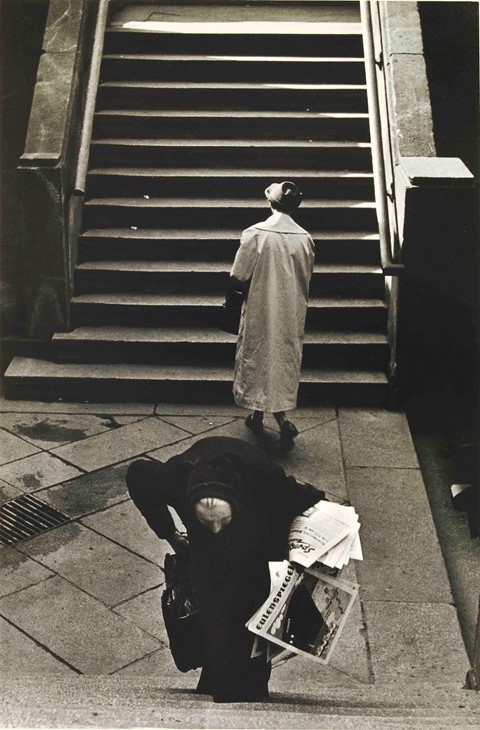
Throughout the 1970s, Richter worked as a nomadic photographer, travelling across East Germany on trains to document life with her Leica: Dresden, Berlin, Leipzig and Lusatia. She surreptitiously took photographs of fellow passengers and exhausted workers, often in the pensive act of reading. Representations of travel and waiting – a reoccurring theme in Richter’s work – speak to other characterisations of life in East Germany.
For example, the banal daily events; workers commuting on trains, looking out of the window, or waiting on platforms. Curator Heniner Müller once remarked on the ‘waiting-room mentality’ of East Germans, who are “in a constant state of waiting, as in a waiting room. Like a new platform announcement. The train will arrive at 6:15 and depart at 6:20, but the 6:15 never came.” Such austere images are broken by the fleeting moments of tenderness between lovers. “Richter’s strikingly uneventful pictures may come very close to the truth of socialist society,” write the curators of the show in the exhibition catalogue. “We see here the image of a life that is free of the capitalist drive to produce and the acceleration this induces, the images of a life spent waiting while on the move.”
At the time of her death in 2021, a giant archive – containing hundreds of boxes – was left behind, revealing the extent of her practice. Her desire to document was insatiable – and is perhaps one of the best records we have of post-war life in East Germany.
Evelyn Richter: A Photographer’s Life is on show at MdbK in Leipzig until 17 March 2023. The accompanying monograph is published by Spector Books, and is out now.
